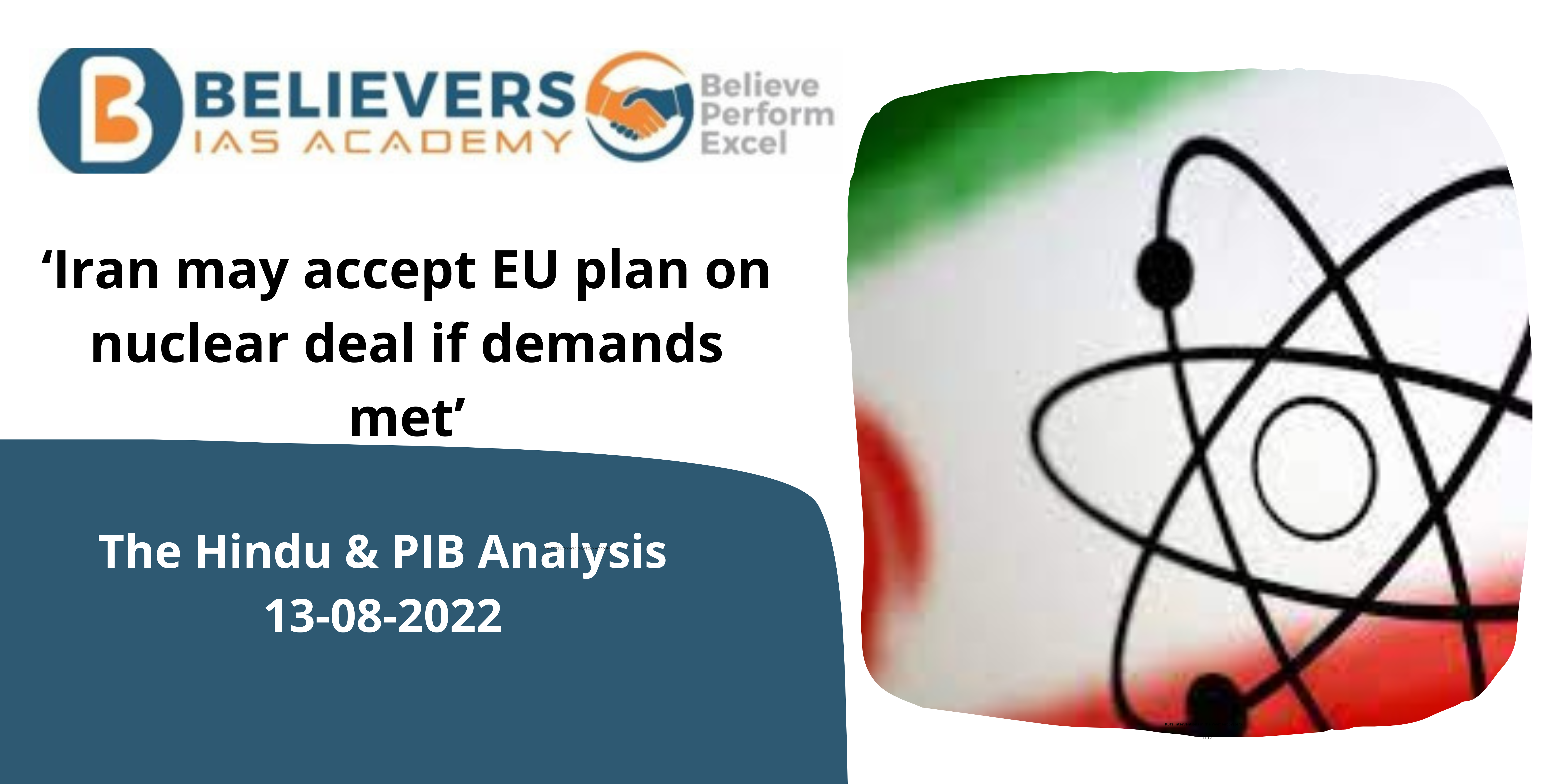China-Taiwan Conflict
The History of PRC and ROC
The Republic of China (ROC) was the official designation of China from 1912, till 1949. After 1949 the name Republic of China is used to denote the government in Taiwan.
The Peoples Republic of China (PRC) was established in 1949 under the leadership of Mao Zedong following a bloody civil war between the Chinese Communist Party (CCP) and Kuomintang (KMT).
The Founding
The establishment of ROC can be traced to the Xinhai Revolution, which overthrew the Qing dynasty, the last imperial dynasty of China and established a republican form of government. Afterwards the Kuomintang party led by Song Jiaoren won the majority but he was assassinated before he could assume power.
The following time period was filled with conflict and political instability which came to be known as the Warlord Era in Chinese history. This period went on for a decade till in 1924 Kuomintang set up a Government at Canton (Guangzhou). Kuomintang started alliance with Chinese Communist Party to gain the support of Soviet Union for a movement to unify China.
However, this alliance was not to last as Kuomintang under General Chiang Kai-shek started a purge of the Communists in 1927 which began with the Shanghai Massacre. This was the beginning of Chinese Civil War. The country was mostly unified under the Kuomintang and they stabilised their hold on the government by 1930s. While the Communists enjoyed some early victories, they were eventually forced back by the Nationalist forces of Kuomintang.
Sino-Japanese War
While China was reeling under political instability and Civil War, the Japanese Invaded Manchuria in 1931. The Communist Red Army escaped the encirclement of the Nationalist Army and retreated in what came to be known as the Long March by 1935. Mao Zedong rose to prominence during this period. The Japanese invasion however resulted in a pause in the infighting. The two organisations joined together to form the Second United Front in 1937 which led to the Second Sino-Japanese War of 1931.
Though the war continued till the surrender of Japan in 1945, the alliance broke down by 1941 due to South Anhui Incident. Thus, while the alliance existed in name, the actual cooperation ceased to exist and both sides were yearning for each other’s blood. The CCP used the war to gain power and prestige as the protectors of China.
Post-war History
The Kuomintang meanwhile received western support in the form of financial aids as well as military aid, after the attack on Pearl Harbour. US also planned on making China one of the Four Policemen (United States, Britain, the Soviet Union, and China) which was a precursor organisation to the United Nation Security Council.
By the time Japan surrendered in 1945, the Chinese economy was in taters and it had no capacity to conduct rehabilitation efforts. Post war, United States stationed marines in the northern provinces in order to prevent a Soviet invasion and logistical support was given to the Kuomintang. United States also mediated a truce between Kuomintang and CCP. This however was short-lived as conflicts soon resumed.
Collapse of ROC and founding of PRC
However, unlike the 1930s this time the CCP enjoyed enormous popular support and the ruling Kuomintang was riddled with inefficiency and corruption. United States, seeing the futility in supporting a collapsing regime, chose to withdraw. Large scale conflicts erupted and a battered Nationalist Army couldn’t hold a candle to the vigorous People’s Liberation Army which led to the collapse of the government.
Finally, by 1949 CCP controlled all of mainland China and the Kuomintang government along with a large number of business owners and their families fled to the island of Taiwan and setup an alternate government. US also signed a defense treaty with Taiwan on 1955 which promised to protect it from invasion from the mainland.
Though PRC won the Civil War and was recognised as the official Chinese government by most countries, ROC held on to the permanent UNSC seat of China till 1971.



